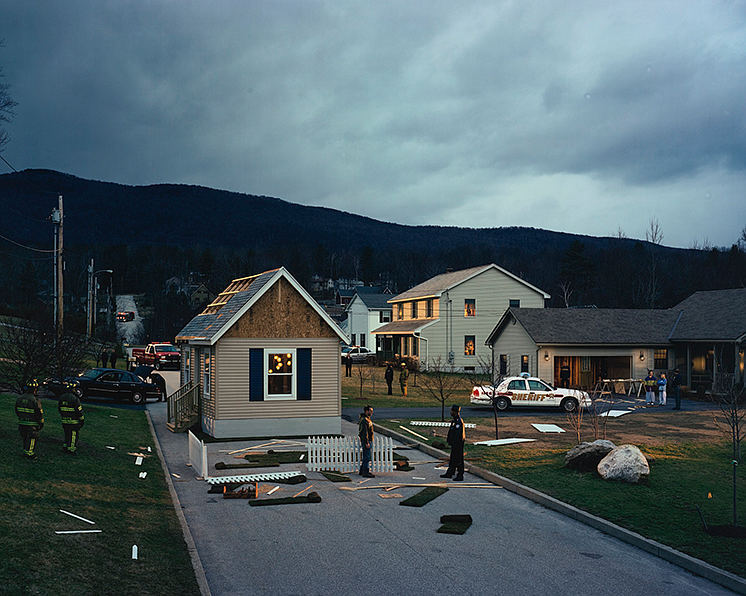- April 24, 2024
-
-
Loading

Loading

In photography, good work is about more than just lighting, composition and technique. These things are important, of course, but to create a truly great image, the process must begin with a well-developed concept.
“Photography and Film Constructs,” running through April 2 in the Ringling College of Art and Design Willis Smith Gallery, is an exhibit that explores storytelling in photography, not through documentary photos, but through images and film media that have been constructed by the artist.
Curator of Exhibitions Mark Ormond says he’s intrigued by this concept-driven style of photography, which is by nature, a work of fiction, composed by the artist behind the camera.
“In documentary photography, you can only control so much,” he says. “With this, the artist has control of everything. Every aspect of the image — every decision — it’s in their hands.”
In curating the exhibit, which features work from 12 artists of varying styles, he wanted to expose students to large-scale constructed photography and also help them recognize how classic themes are still used today.
The artists’ work all varies significantly, but much of it contains references to the past. One artist on view, Vik Muniz, is known for using unconventional materials to create imagery. He then photographs the results and destroys the work, leaving behind only the photo as a record. He has two works in the exhibit: One is a likeness of famed opera singer Maria Callas, created from scattered diamonds; the other is an enlarged historical photo of children working in a paper mill, constructed from paper pulp.
Whether viewers understand the nuanced historical references in the work, Ormond hopes they will consider the process used to create them.
“When you look at these photographs, you’re almost forced to deconstruct them in your mind,” he says. “The images are fiction, created by the artist, and they draw you in and make you wonder how they were constructed. We’re bombarded with so much imagery that it’s important to slow down and really pay attention to the details.”